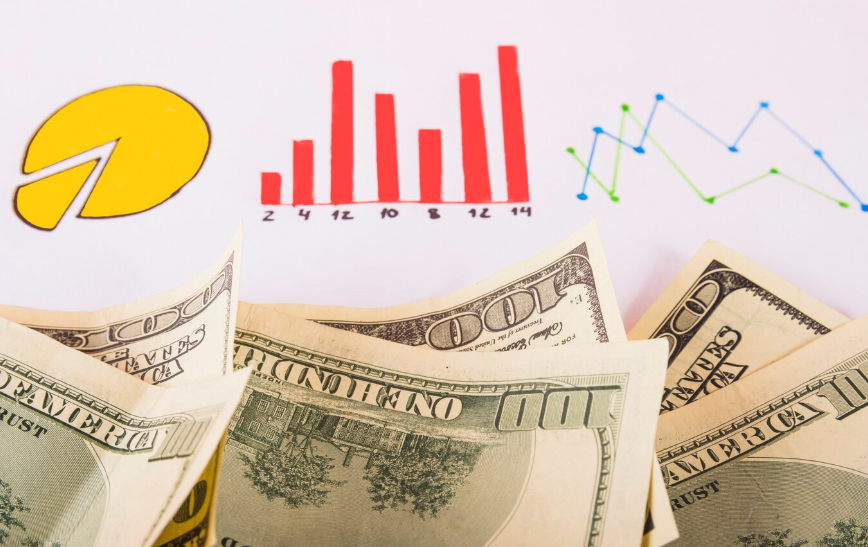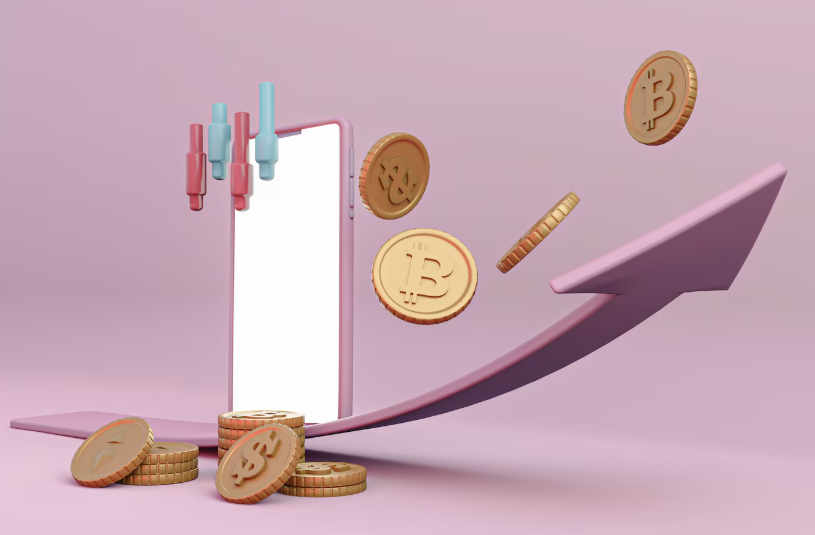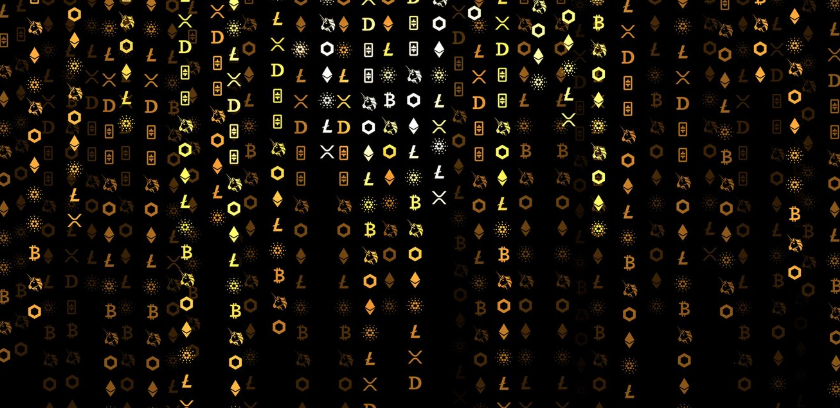Imagine a digital world where creators truly own their work, where platforms can’t arbitrarily remove your content, and where your audience can directly support you without hefty intermediaries taking a cut. This isn’t a distant fantasy; it’s the promise of decentralized content platforms, and they’re already beginning to change the game.
1. Reclaiming Content Ownership and Control
In Web2, when you upload a video to YouTube or a photo to Instagram, you essentially grant the platform extensive rights to your content. Decentralized platforms turn this on its head. Using blockchain, creators can “tokenize” their work as Non-Fungible Tokens (NFTs), creating a verifiable and immutable record of ownership. This means:
- True Ownership: Creators have direct, verifiable ownership of their digital assets, much like owning a physical piece of art.
- Censorship Resistance: Content stored on decentralized networks is distributed across many nodes, making it incredibly difficult for any single entity to censor or remove it. This fosters greater freedom of expression.
- Immutable Records: Every transaction related to the content – from creation to sale – is recorded on a transparent and unchangeable ledger, ensuring authenticity and provenance.
2. Revolutionizing Monetization Models
The traditional ad-revenue model or subscription-based systems often leave creators with a small fraction of the value they generate. Decentralized platforms introduce innovative monetization avenues:
- Direct Payments & Micropayments: Creators can receive direct payments, tips, and even micropayments from their audience using cryptocurrencies, cutting out traditional financial intermediaries.
- Automated Royalties via Smart Contracts: With NFTs, creators can embed “smart contracts” into their content. These self-executing agreements automatically pay creators a percentage of every secondary sale, ensuring perpetual royalties.
- Token-Gated Access & Community Ownership: Creators can offer exclusive content, communities, or experiences accessible only to holders of specific tokens (e.g., NFTs). This fosters deeper fan engagement and allows communities to have a shared stake in a project’s success.
- Crowdfunding with Tokens: Decentralized platforms facilitate new forms of crowdfunding, allowing creators to issue tokens that grant backers early access, exclusive content, or even a share of future revenues.
3. Fostering Transparent and Equitable Ecosystems
Centralized platforms often operate with opaque algorithms and revenue-sharing models. Decentralization brings much-needed transparency and a more level playing field:
- Reduced Intermediary Fees: By eliminating the need for central platforms as gatekeepers, transaction costs are significantly reduced, meaning more revenue goes directly to creators.
- Transparent Analytics: Blockchain’s inherent transparency can allow for verifiable data on content engagement and monetization, fostering greater trust between creators and platforms (or even directly with their audience).
- Community Governance (DAOs): Some decentralized platforms are governed by Decentralized Autonomous Organizations (DAOs), where token holders (including creators and users) can vote on platform rules, features, and even treasury allocation. This creates a more democratic and user-centric environment.
4. Addressing Data Privacy and Security
Concerns about personal data collection and breaches are rampant in the Web2 world. Decentralized platforms offer a more privacy-preserving alternative:
- User Control Over Data: In Web3, users theoretically have greater control over their personal data, deciding what information to share and who has access to it.
- Enhanced Security: By distributing data across multiple servers, decentralized networks are inherently more resistant to single points of failure, making them less vulnerable to mass data breaches.
The Road Ahead: Challenges and Opportunities
While the potential of decentralized platforms is immense, the journey is not without its hurdles. Challenges include:
- Scalability: Many decentralized networks are still working on scaling to handle the massive transaction volumes of mainstream content consumption.
- User Experience (UX): Current Web3 platforms can be complex for the average user, requiring knowledge of wallets, seed phrases, and gas fees. Simplifying the UX is crucial for wider adoption.
- Content Moderation: The censorship-resistant nature also poses challenges for moderating harmful content. Community-driven moderation models are evolving, but it’s a complex issue.
- Regulatory Uncertainty: The nascent nature of Web3 means that regulatory frameworks are still developing, creating an uncertain environment for creators and platforms alike.
Despite these challenges, the shift towards decentralization represents a profound opportunity for content creators. It promises a future where artists, writers, musicians, and filmmakers can bypass traditional gatekeepers, establish direct relationships with their audience, and truly own and monetize their creations in a transparent and equitable manner. The future of content isn’t just about what we consume, but how it’s created, distributed, and valued – and decentralized platforms are leading that revolution.













